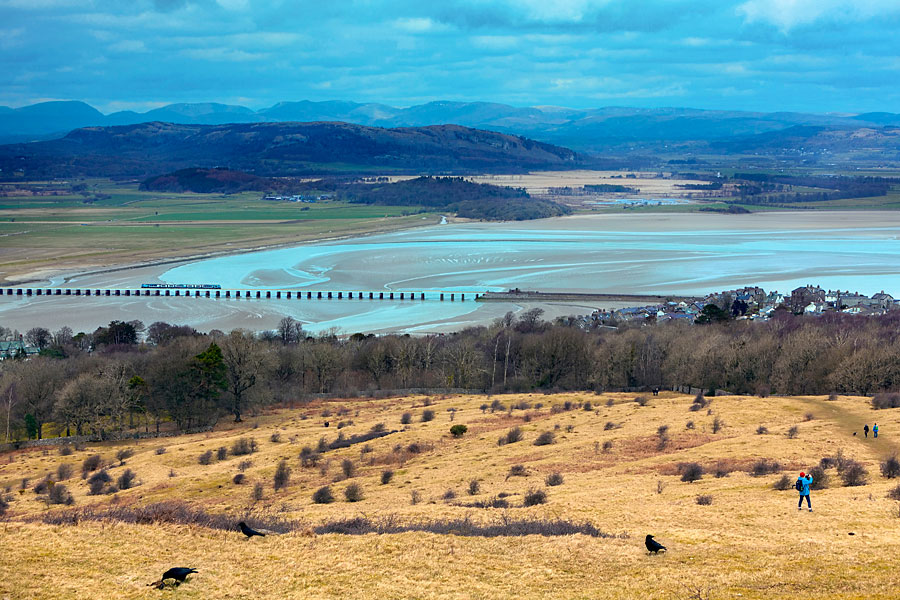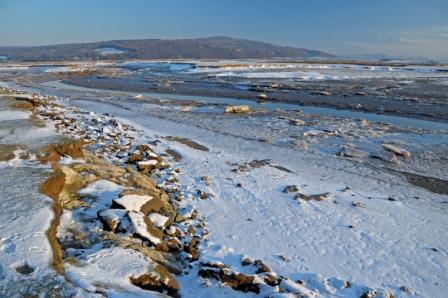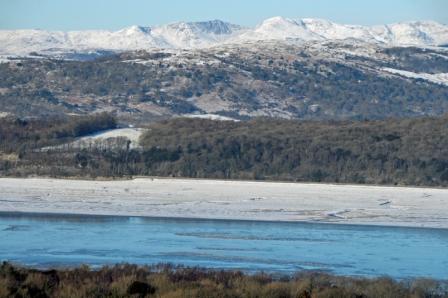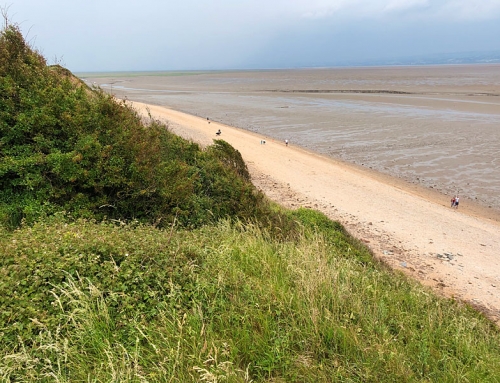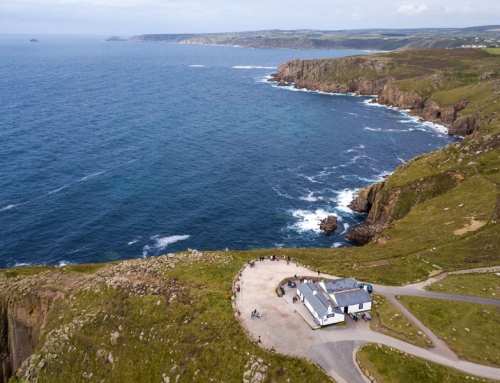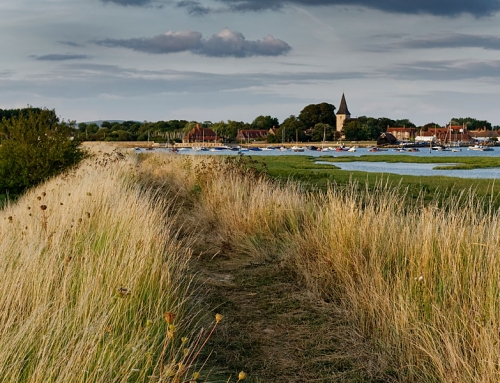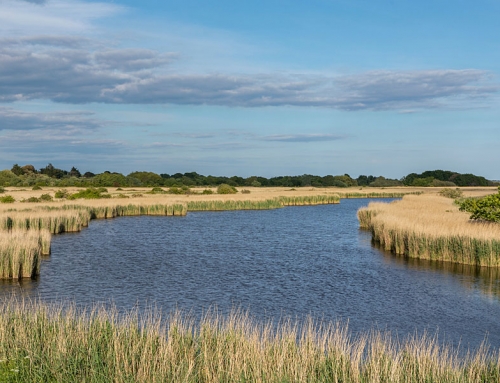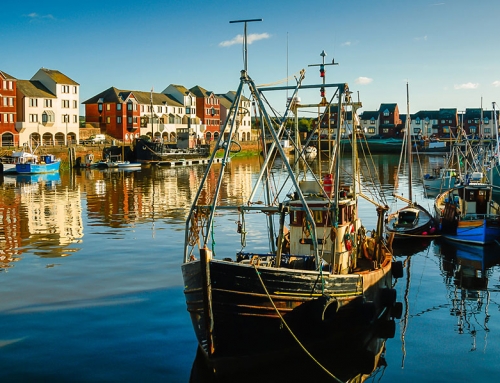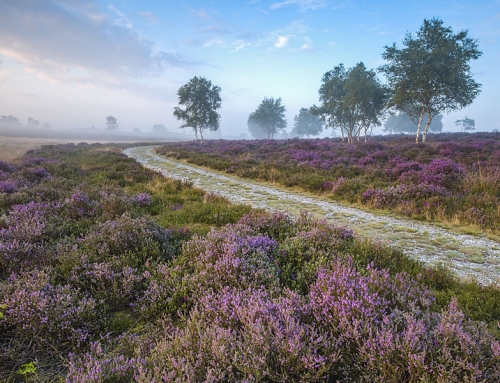Roger Butler enthuses over Arnside and Silverdale on the England Coast Path
APPARENTLY, I HAD MY FIRST ICE-CREAM AT SILVERDALE, so perhaps it’s not surprising that this intricate patch of limestone between Morecambe Bay and the southern Lakes holds a special place in my heart. And there aren’t many places that pack so much variety into such a tightly defined district.
Wildly overgrown limestone pavements emerge from creeper-clad woods whilst open tops provide views over a coastline of salt marsh and mudflats. Place names such as Fairy Steps, Woodwell and Jenny Brown’s Point sound like they’re from an Enid Blyton adventure, and you really could spend months exploring the spider’s web of paths and tracks that criss-cross this Area of Outstanding Natural Beauty.
Snow doesn’t settle here that often, so when an overnight fall had left everything deep and crisp and even we bolted up Arnside Knott and then planned the rest of our walk from the comfort of a log close by the trig point.
The Cumbrian fells gleamed north of the Kent estuary, but the nearby woods were silent as further flurries fell like feathers onto the branches above us. The view south, from a lonesome pine, was a mix of sea, crag and tangled trees, many of which were regularly coppiced up until 1914.
Our route wove past some of the best local landmarks: the ruins of Arnside Tower, gaunt and ghostly; the monument called the Pepper Pot with its views into and across Eaves Wood; the Giant’s Seat with a commanding view across the Bay’s tidal channels; and the famous RSPB reserve at Leighton Moss.
Wildly overgrown limestone pavements emerge from creeper-clad woods whilst open tops provide views over a coastline of salt marsh and mudflats.
Waxwings in the mist
Here, deep in the reed beds, the temperatures seemed almost Siberian. Fingers were numb to the bone and any birds were keeping pretty quiet. But by the lane a cluster of colourful waxwings had settled amongst a few scraggy apple trees. These special Scandinavian visitors – this was our first ever sighting – encouraged us to linger before we dipped down rocky slabs towards the shore.
Dank mist at Silverdale Cove created an eerie atmosphere as thick snow and a mirror-calm sea merged together on the pebbly beach. A lone curlew prodded for grubs and a flock of dunlin swirled over a froth of half-frozen waves. The wind then blew up again, and dramatic clouds swept overhead as we walked north to join the path which wraps right round the wooded promontory to the west of Arnside.
Low cliffs gave fine views over a maze of twisting creeks, many of which often change direction and ensure that Morecambe Bay remains a fluctuating wilderness of sand and shore.
Dusk was fast creeping in now, and so was the tide. The low sun lit the Bay and the icy slopes of the Knott glistened in the last rays of the day.

Roger Butler – author and OWPG member
This article first appeared in the The Great Outdoors (TGO) magazine in February 2013, and is re-published here with the author’s permission. © Roger Butler 2020. All rights reserved.
Roger Butler is a geographer and landscape architect turned freelance writer, photographer and lecturer. He contributes to a wide range of magazines and lectures throughout the UK. His interests include hill walking, wildlife and the countryside, canals and industrial archaeology. He is a Fellow of the Royal Geographical Society, a Licentiate of the Royal Photographic Society and a Chartered Member of the Landscape Institute. He is also a member of the Outdoor Writers and Photographers Guild and is available for commissions and new projects.
Contact: roger522@btinternet.com
Books and maps for this part of the coast

